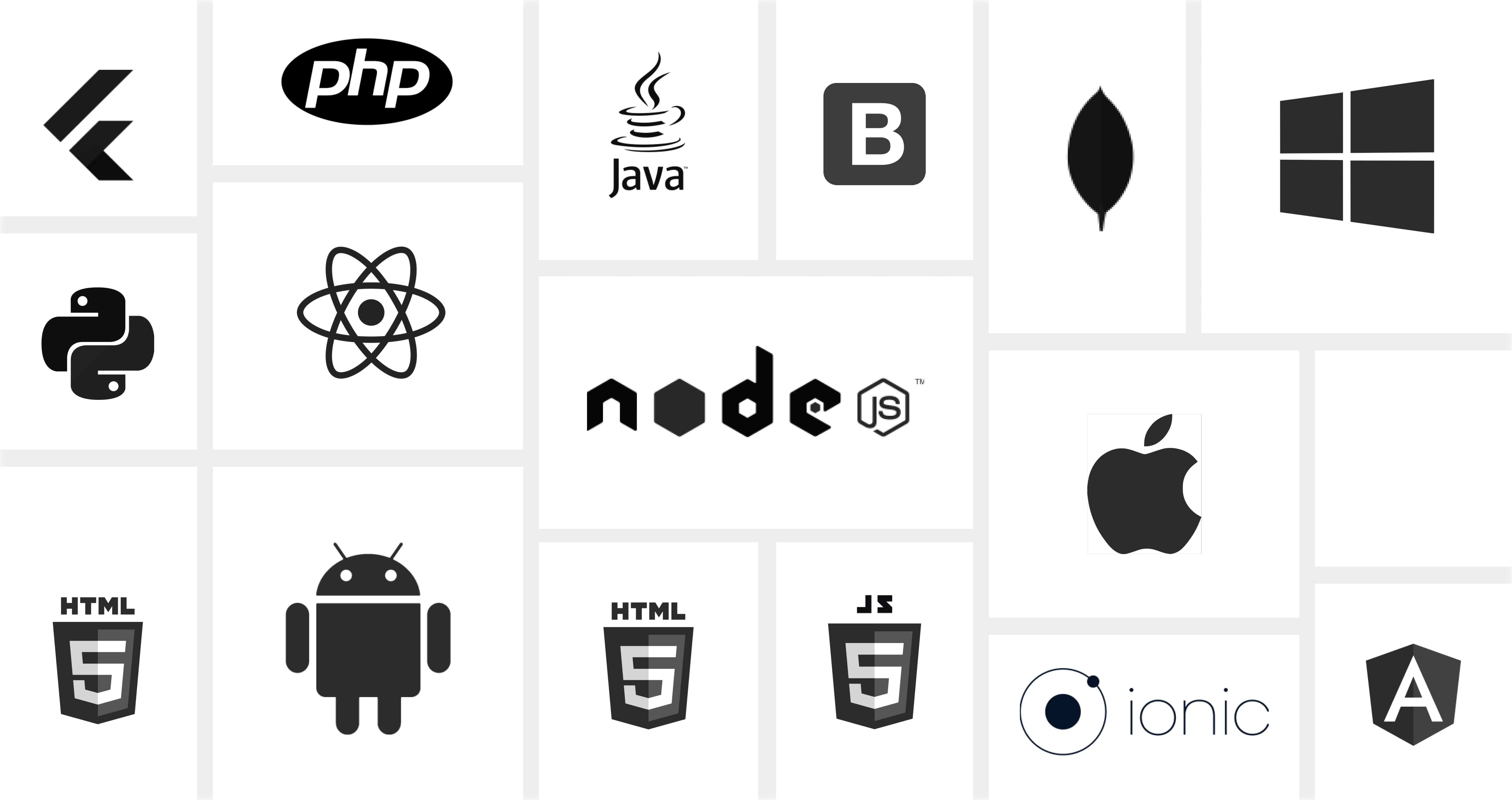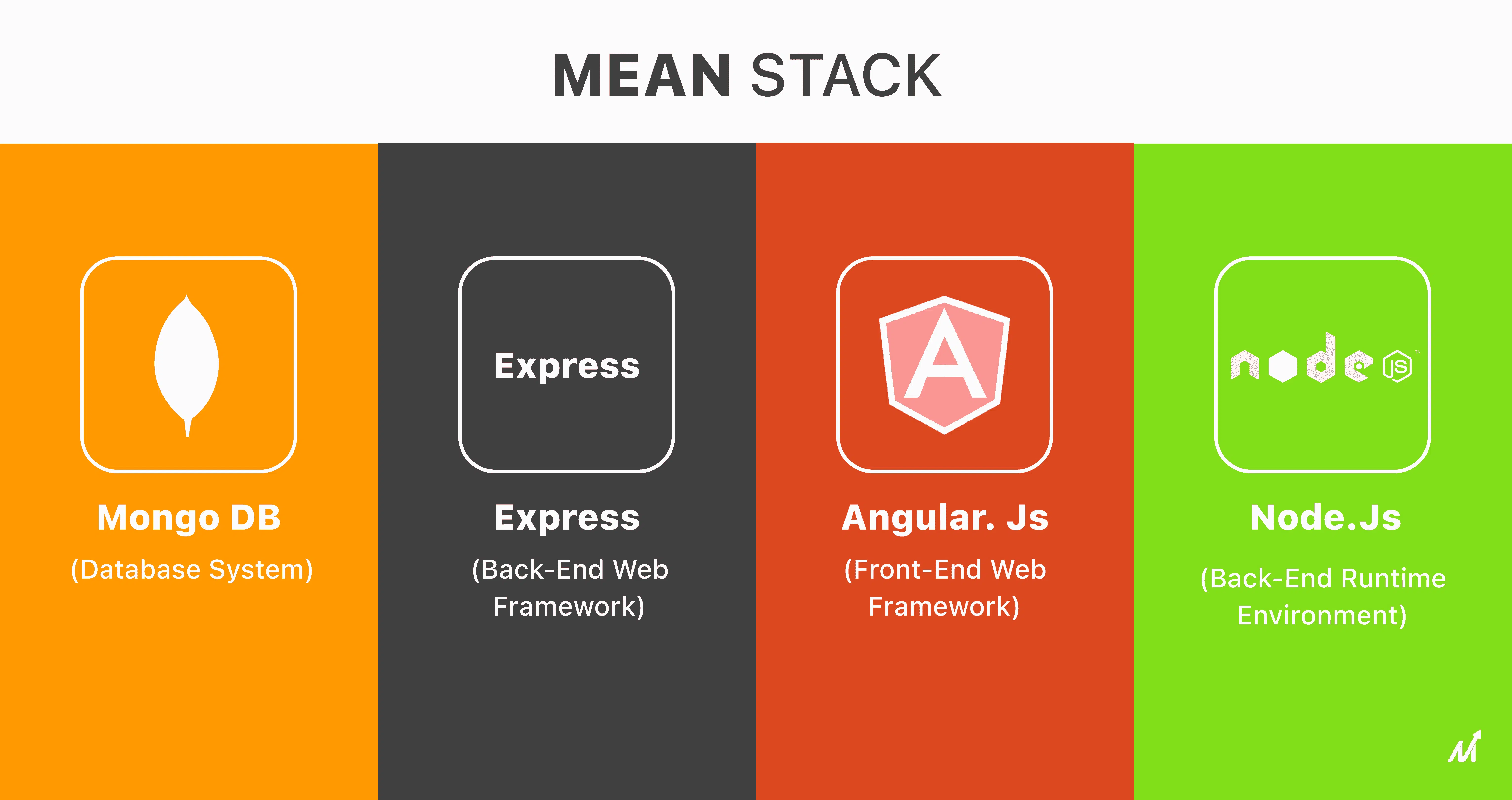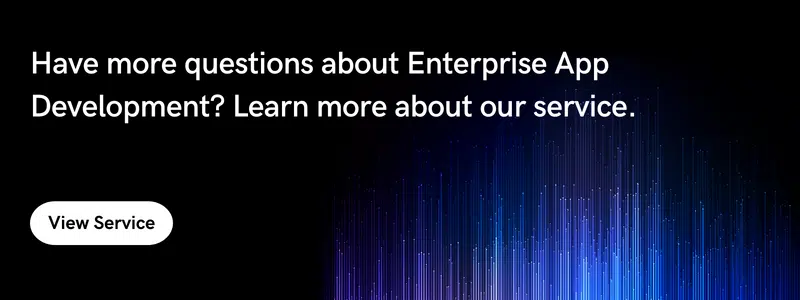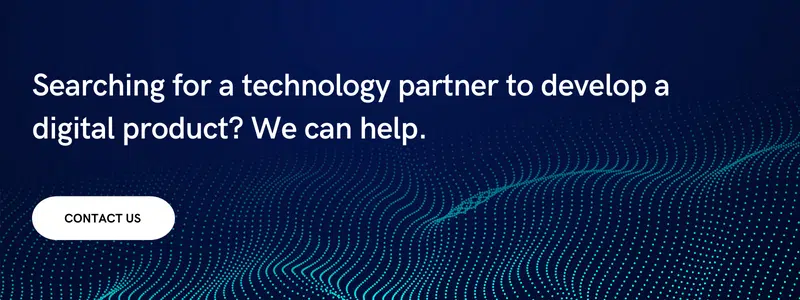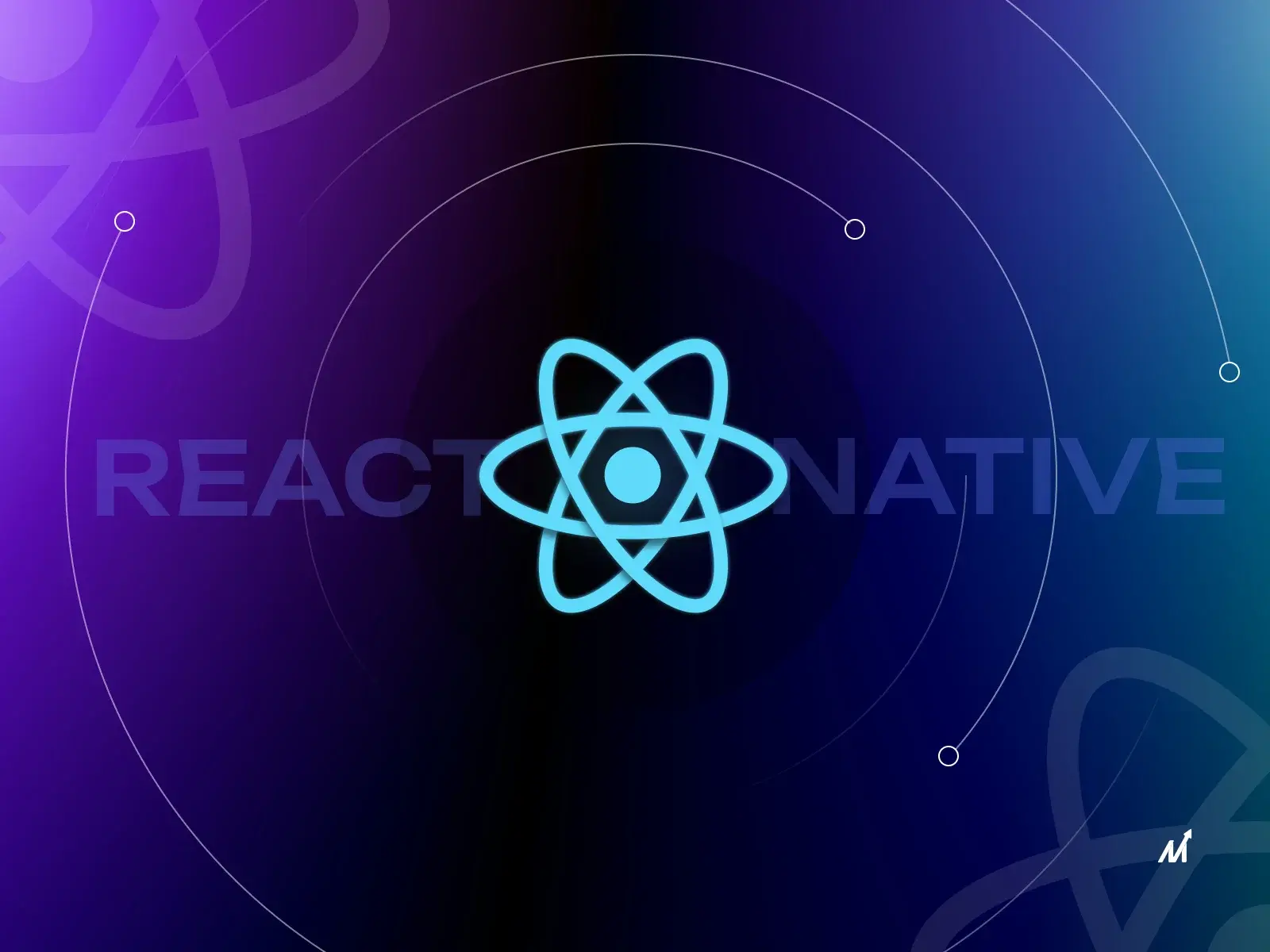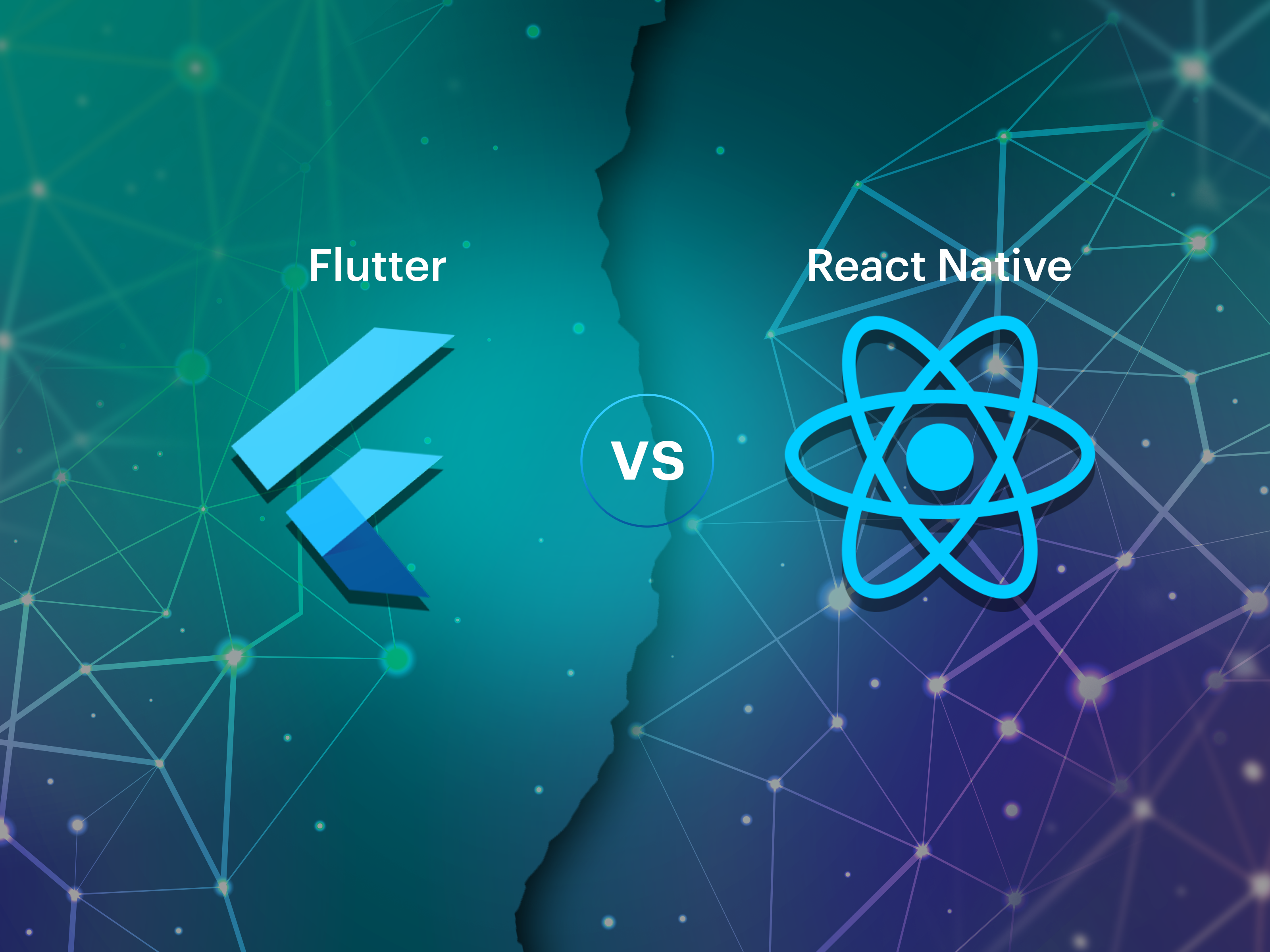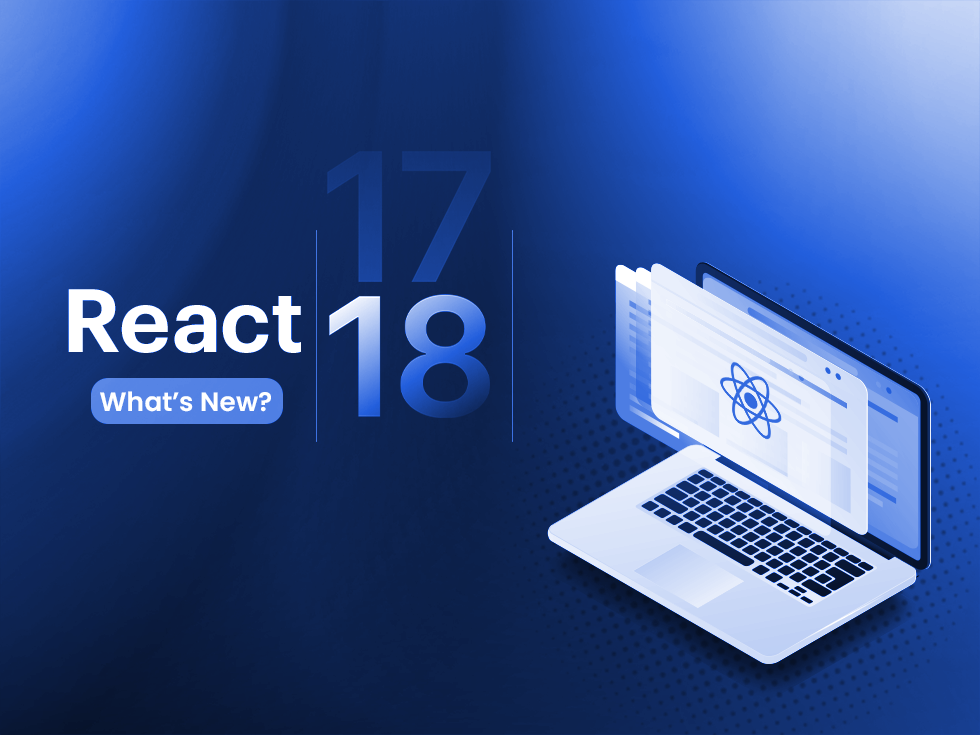Enterprise Tech Stack: Introduction
Some common questions regarding software development stacks that we usually stumble upon are: Which technology stack should we use for mobile enterprise app development? How to choose the right technology stack that suits specific business needs? What are the essential components before selecting a particular enterprise tech stack over the other?
We decided to answer these questions in a detailed blog to help you understand the nitty-gritty when choosing the best tech stack for developing an enterprise-level application. Let’s get started!
What Is an Enterprise Tech Stack In Mobile Application Development?
An enterprise technology stack is essentially a set of software tools, programming languages, frameworks, databases, front-end tools, back-end tools, and applications connected via APIs. They come together for mobile enterprise app development and build digital products like mobile, web apps, and websites. It is also called a solution stack.
Simply put, it is an ecosystem of data, programs, and tools combined to create and run a specific application or digital product. Tech stacks are typically composed of layers of components and/or servers used to build applications and solutions.
Before the popularity of SaaS products and services, technology stacks were relatively simple: Linux, Apache, MySQL, PHP (LAMP), a PHP-based web application development standard, and WAMP (Windows, Apache, MySQL, PHP for those who preferred Windows to Linux).
However, product teams and engineers now have access to a wealth of tools and software development stacks, especially for a progressive web app. That helps them build and maintain the perfect product for their market segment. For example, a company in the early stages still finding traction might choose low-cost, flexible options they can adjust later. At the same time, another might select technology that maximizes scalability to serve enterprise customers.
Enterprise Tech Stack Components
Any app has two main components: the client (front end) and the server (back end). There are layers for mobile enterprise app development. They are built on top of each other, creating a stack.
Frontend Technology Stack:
Frontend or client-side refers to everything users see on their screens and where they interact with the application. These are the three main front-end technologies:
- HTML (the markup language)
- CSS (the style sheet)
- JavaScript (the scripting language)
Backend Technology Stack:
The backend or the server side is the one that is not visible to a user. But its programming languages create logic and functions as the backbone of websites and applications. The backend consists of frameworks that enable developers to save time. They provide their customers with vetted versions of commonly used features (user authentication, data access).
Now that we have covered the basics of technology stacks let’s move on to some popularly used technology stacks available for mobile enterprise app development.
Best Enterprise Tech Stacks for App Development
Here are some of the popular and best enterprise tech stacks for enterprise-level application development:
1. MEAN
Mean Stack is an open-source JavaScript software stack that developers can use to build dynamic enterprise apps and websites. It includes MongoDB, Express.js, Angular JS (or Angular), and Node.js. In MEAN Stack, JavaScript is used to develop client and server-side applications. Additionally, this makes developing these applications easy to code for developers and the transition process easier. Some of the variations of MEAN are MEEN-MongoDB, Express.js, Ember.js, and Node.js.
2. MERN
MERN is nearly similar to MEAN, except that React replaces Angular.js. The main advantages of MERN are the integration of React, its powerful library source, its ability to deploy codes simultaneously on servers and browsers, as well as its full-stack development (frontend and backend) options. The programming languages used by React are JavaScript, XML, and Virtual DOM, with easy implementation of changes.
React is a framework popular for its flexibility, performance, and enabling web apps with interactive UI. Featuring an extensive suite of tools for testing, the MERN technology stack is open-source with strong community support. It is one of the most popular technology stacks of 2022.
3. .NET
.NET is a robust and battle-tested framework exclusively used for building dynamic applications. The .NET stack is a portion of the Overflow Stack, a wide-ranging tech stack that can satisfy any developer’s demands. When combined with other open-source technologies, the .NET stack enables the development of small-scale applications as well as enterprise-level applications with extensive features. There are 60 frameworks and platforms in the .NET stack, including CLI languages spread across 13 layers.
4. ROR
The Ruby on Rails (ROR) stack allows for quick app development due to its fast integration features. This framework is highly scalable, follows the Active Record pattern, and functions with MySQL at the backend. With Ruby on Rails, you have a built-in database and a large collection of open-source codes. It is easy to make changes and saves a lot of time.
5. Flutter
Flutter is one of the technology stacks that transformed the cross-platform industry. Some of the components of Flutter include the Flutter engine, the Dart platform, the Foundation Library, and design-specific widgets. With Flutter, you can develop applications for the Web, iOS, Android, Mac, Windows, and Linux from a single codebase and business logic.
The best part of Flutter app development is that there is no compromise on speed while developing user interfaces, adding features, fixing bugs, etc.
While choosing frameworks and tools in a technology stack for mobile enterprise app development, It is important to build the backend with those tools that complement one another. This helps in reducing development time and helps coordinate resources. Deploying a consistent, standardized, and stable technology stack is crucial.
How To Choose The Right Enterprise Tech Stack for Your Solution
The important and the most sought-after question remains, ‘How to choose the best enterprise tech stack for your solution?’ Let us explain that in this section.
Depending on which set of frameworks suits your application requirements and needs, the choice of your tech stack can influence your project. Hence, your project is not a single deployment but a set of independent deployable components and services written in separate programming languages. To simplify the process of choosing the best tech stack for your enterprise software development, we have listed down some key factors to consider while selecting the tech stack for your next application:
1. The Type Of Project
Your product or app development type also decides when you choose your tech stack. If the size of your project is small and has to be delivered in less time, the app development will include a simpler process and options available with built-in features and templates.
On the other hand, if it is a mid-sized or large project, you would require a combination of frameworks and technologies that work best, enabling seamless functioning and integration with enough time for development for various platforms.
2. Scalability
The possibilities of scalability of your app development project grow with an approach of feature enhancement and analyzing feedback. Choosing the tech stacks built for testing, which allow several improvements, will be the best tech stack for you in terms of your enterprise product growth. This stage usually comes after an MVP launch and customer feedback. It enables analyzing the gaps in features of the application and further helps in an increase in ROI.
In short, utilizing MVP allows scaling a product with upgraded features and functionality compared to a direct launch of the final product.
3. Expertise
Your development team’s expertise also influences the choice of the best tech stack for your enterprise applications. A development team is responsible for the decision-making, analyzing, and deploying of your business’s best technology and frameworks. Thus, an expert team is equipped to deliver innovative solutions to counter issues in the app development process.
This will also allow you to follow a strategic development approach to ensure quality in each app development module.
4. Maintenance
While developing an application, it should be flexible to maintain and manage. For example, if the codes are lengthier, they will take longer to process and manage. Fixing bugs should be easier if your development process is strategic and easy to maintain. Hence, choosing the right tech stack should be easier to manage and maintain in the long run.
5. Cost Of Development
The cost of your app development is also an important deciding factor when choosing a tech stack. While most tech stacks are available as open-source today for enhanced functionalities and features, you have to buy the licensed version.
Analyzing your budget and choosing the best tech stack accordingly is an important step. You should consider in-built features as well as premium features. Then compare them in terms of your project requirements and budget to choose the best tech stack available for your mobile enterprise app development.
Enterprise Tech Stacks: Conclusion
Finally, choosing the right software vendors and product development companies is important if you are outsourcing app development. With the right tech stack, your product can be easier to build, easier to update, and can evolve in step with your customers’ needs.
As an enterprise app development company, our team of experts follows a strategic approach to delivering robust apps tailored to particular project needs and requirements using modern and up-to-date technologies. We cover important elements from conceptualizing, ideation, evaluation, MVP development, features enhancement, product launch, and branding.
With Markovate, enterprises build highly scalable, high-performing apps that add value to the business. A team of specialists will manage mobile app development for you. Our experts strategically analyze your project information and assist you in determining the best tech stack, new feature priority, product development, branding, etc.
If you have more questions about choosing a tech stack for your app development, let us know your project information to get expert assistance.

I’m Rajeev Sharma, Co-Founder and CEO of Markovate, an innovative digital product development firm with a focus on AI and Machine Learning. With over a decade in the field, I’ve led key projects for major players like AT&T and IBM, specializing in mobile app development, UX design, and end-to-end product creation. Armed with a Bachelor’s Degree in Computer Science and Scrum Alliance certifications, I continue to drive technological excellence in today’s fast-paced digital landscape.

